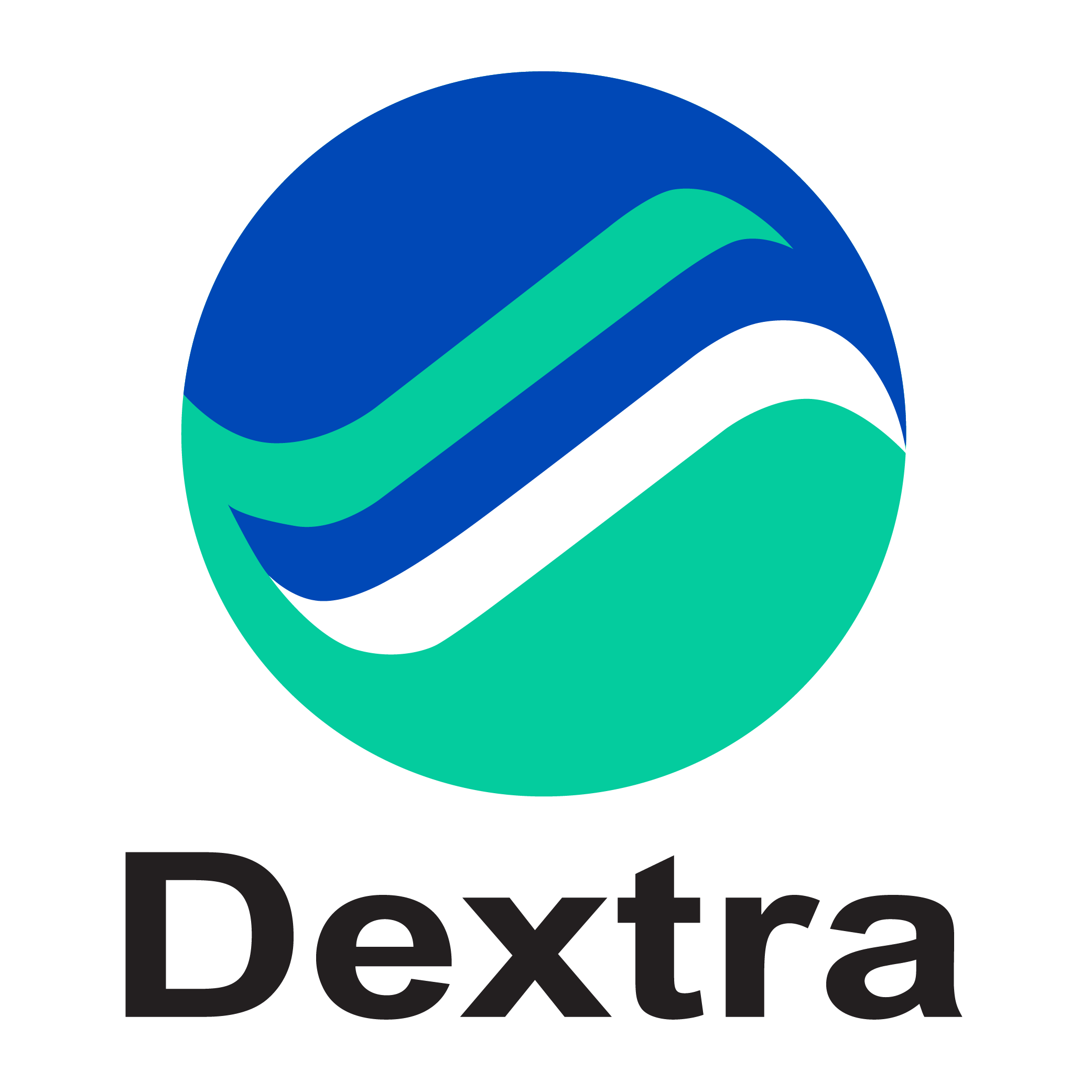Etihad Rail is a 1,200-kilometer railway project that will be the first national freight and passenger railway network in the United Arab Emirates (UAE), connecting the seven emirates and promoting trade and social development in the country and across the GCC countries.
Se espera que el proyecto ferroviario sea una alternativa sostenible para el transporte de mercancías y pasajeros en las zonas urbanas y rurales del Emirato. Se espera que transporte aproximadamente 16 millones de pasajeros y 50 millones de toneladas de carga. Contribuirá significativamente a la reducción de las emisiones del tráfico rodado.
La red Etihad Rail llega hasta las fronteras de Qatar y Arabia Saudita al oeste. La sección occidental conecta con Arabia Saudita a través de Ghweifat, mientras que la sección oriental conecta con Omán a través de Al Ain. La línea ferroviaria conecta Abu Dhabi, Sharjah y Dubai y atraviesa el Emirato. Luego continúa hacia los emiratos del norte y Fujairah.
La red ferroviaria se construirá en 3 etapas. La primera fase de la red ferroviaria, inaugurada en 2016, es un tramo occidental de 266 kilómetros de longitud entre Al Ruwais y Shah. Conecta Ruwais y Habshan, y luego Habshan y Shah.
La segunda fase conecta Abu Dhabi con Dubai. También está vinculado a los puertos de Jebel Ali, Musaffah y Khalifa. La tercera fase implica conectar los Emiratos del norte. Está previsto que la segunda y tercera fases finalicen en 2024.
Actualmente, Dextra suministra varias soluciones de ingeniería para la segunda fase de la construcción de la red ferroviaria, que incluye la construcción de una línea principal de 200 km en Abu Dhabi y un ramal de 40 km al puerto de Khalifa, una línea principal de 78 km en Dubai y un ramal de 20 km a Jebel. El puerto de Ali, una línea principal de 98 kilómetros desde Sharjah a Fujairah y un ramal de 29 kilómetros a Tawyeen, así como instalaciones asociadas.
Estas soluciones se entregaron en la obra del túnel ferroviario.
Fuente de la imagen superior: https://filipinotimes.net/news/2019/12/19/coming-soon-rail-network-linking-dubai-fujairah-khorffakan-ports/












